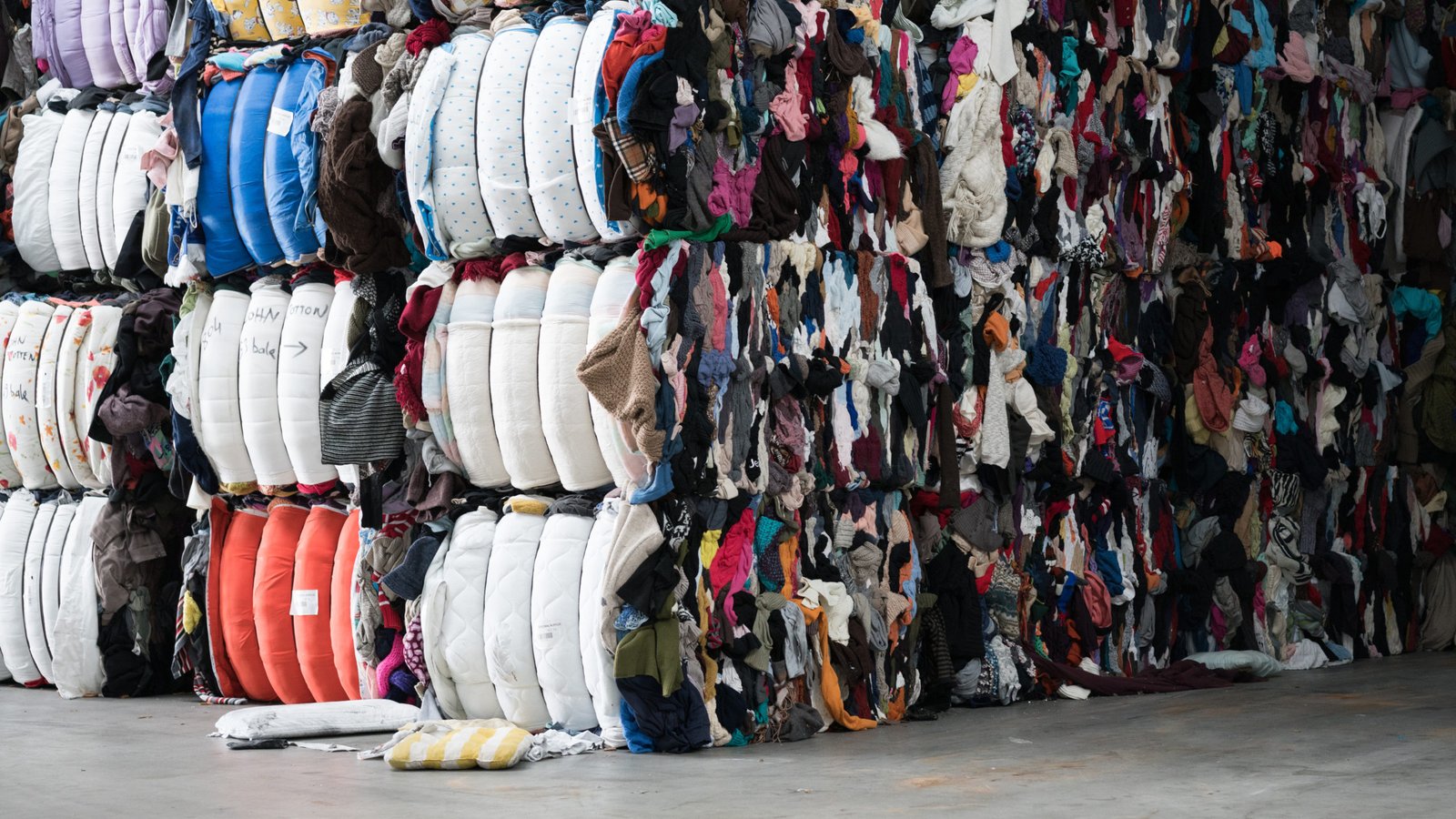Sustainability in Textile Recycling: Empowering the Circular Economy

As the world grapples with the environmental challenges posed by textile waste, the role of sustainability in textile recycling becomes increasingly crucial. Modern baling technologies play a pivotal role in this endeavor, providing efficient solutions to manage and recycle textile waste while contributing to the principles of a circular economy. This exploration delves into the significance of sustainability in Textile balers recycling, shedding light on how modern baling technologies, coupled with the integration of industrial scissor lift tables, are shaping the future of textile waste management.
The Urgency of Sustainable Textile Recycling
Textile waste poses a significant environmental threat, with vast quantities ending up in landfills globally. The fashion and textile industries, known for their rapid production cycles, contribute substantially to this issue. Embracing sustainability in textile recycling is not merely a choice but a necessity to mitigate the environmental impact, conserve resources, and move towards a circular economy.
Modern Baling Technologies: The Heart of Textile Recycling
Modern baling technologies represent a cornerstone in sustainable textile recycling. These advanced systems are designed to efficiently compress and bundle textile waste into manageable bales, facilitating easier transportation, storage, and recycling processes. The evolution from traditional baling methods to modern, automated systems has significantly improved the efficiency and sustainability of textile recycling.
Key Features of Modern Baling Technologies

1. Automated Sorting and Compaction: Modern baling systems often integrate automated sorting technologies, ensuring that different textile materials are identified and separated accurately. This targeted sorting minimizes contamination and enhances the quality of recycled textiles.
2. Balers with Variable Compression: Advanced balers offer variable compression capabilities, allowing for adjustments based on the specific characteristics of different textile materials. This flexibility ensures optimal compaction without compromising the integrity of the materials.
3. Energy-Efficient Operation: Sustainability in textile recycling extends to the energy efficiency of baling technologies. Many modern balers are designed with energy-saving features, optimizing power consumption during the compaction process.
4. Data-Driven Insights: Some advanced baling systems come equipped with sensors and data-driven capabilities. These features provide real-time insights into compaction rates, material composition, and operational efficiency, enabling informed decision-making for recycling facilities.
Advancing Sustainability with Industrial Scissor Lift Tables

While modern baling technologies play a central role, the integration of industrial scissor lift tables further enhances sustainability in textile recycling. These versatile lifting solutions offer several advantages that align with the principles of a circular economy.
Efficient Material Handling with Scissor Lift Tables
1. Optimized Loading and Unloading: Industrial scissor lift tables facilitate the loading and unloading of textile materials onto baling systems. Their adjustable height and ergonomic design ensure efficient material handling, reducing manual labor and improving overall operational efficiency.
2. Adaptability to Various Textile Forms: Textile waste comes in diverse forms, from loose fabric scraps to bulk rolls. Industrial scissor lift tables can be customized to handle different types of textile materials, accommodating the variability often encountered in recycling facilities.
Reducing Manual Labor and Enhancing Safety
1. Minimized Physical Strain: The use of industrial scissor lift tables reduces the need for manual lifting and carrying of heavy textile materials. This not only minimizes physical strain on workers but also contributes to a safer and more comfortable working environment.
2. Enhanced Workplace Safety: With their robust construction and safety features, industrial scissor lift tables enhance workplace safety in textile recycling facilities. Workers can focus on their tasks without undue physical exertion or safety concerns.
Space Optimization and Resource Efficiency
1. Compact Footprint: Industrial scissor lift tables are designed with a compact footprint, making them suitable for integration into existing spaces in recycling facilities. This efficient use of space contributes to resource optimization and sustainability.
2. Enhanced Workflow Efficiency: By streamlining material handling processes, industrial scissor lift tables improve overall workflow efficiency. This translates to faster processing times, reduced energy consumption, and a more sustainable operational model.
The Circular Economy: Closing the Loop on Textile Waste
The integration of modern baling technologies with industrial scissor lift tables aligns seamlessly with the principles of the circular economy. This sustainable approach focuses on minimizing waste, promoting recycling, and extending the lifespan of materials. In the context of textile recycling, these technologies work cohesively to create a closed-loop system where textile waste is efficiently collected, sorted, and recycled into new products.
Challenges and Opportunities in Sustainable Textile Recycling
While modern baling technologies and industrial scissor lift tables contribute significantly to sustainable textile recycling, challenges persist. The diversity of textile materials, variations in thickness, and the presence of accessories like buttons and zippers pose ongoing challenges for automated sorting and baling systems. However, ongoing research and technological advancements continue to address these challenges, presenting opportunities for further improvements in sustainability.
Educational Initiatives and Industry Collaboration
The success of sustainable textile recycling relies not only on advanced technologies but also on public awareness and industry collaboration. Educational initiatives can inform businesses, communities, and consumers about the importance of responsible textile disposal and the role of sustainable recycling practices. Industry collaboration fosters the sharing of best practices, technological innovations, and the collective pursuit of more sustainable solutions.
Conclusion: A Sustainable Path Forward
In conclusion, sustainability in textile recycling is a multifaceted journey that involves the integration of modern baling technologies and industrial scissor lift table. These advancements not only improve the efficiency of textile recycling processes but also contribute to the broader goals of resource conservation, waste reduction, and the establishment of a circular economy. As technology continues to evolve and awareness grows, the path toward a more sustainable future for textile recycling becomes clearer. The collaboration between modern baling technologies and industrial scissor lift tables stands as a testament to innovation and the potential for technology to shape a more sustainable and circular approach to textile waste management.




